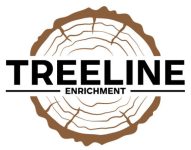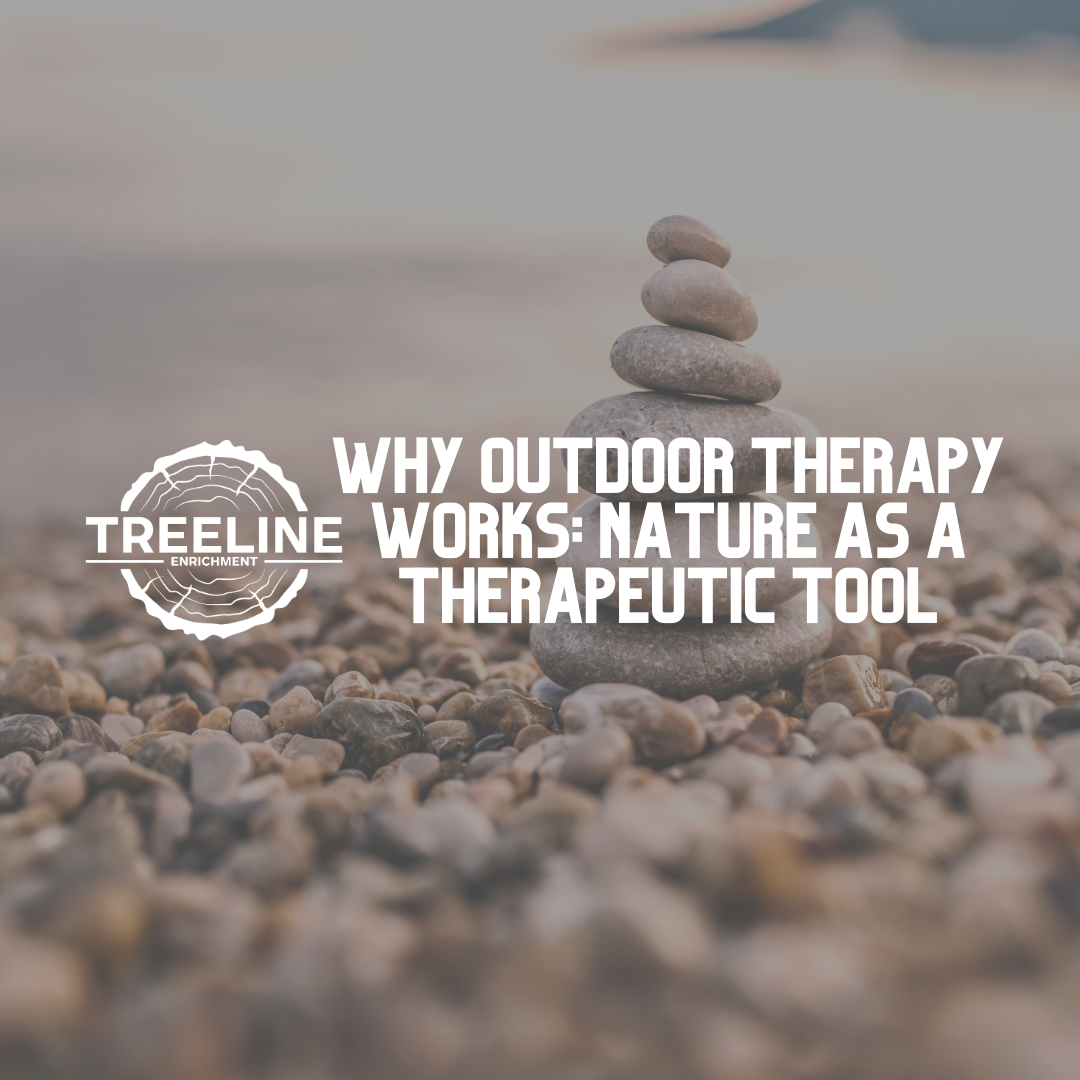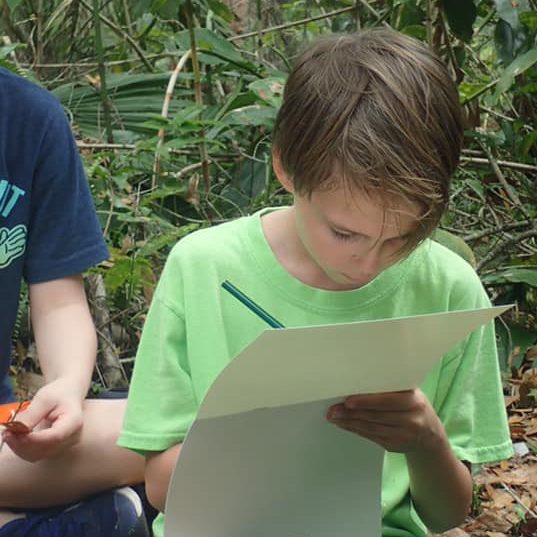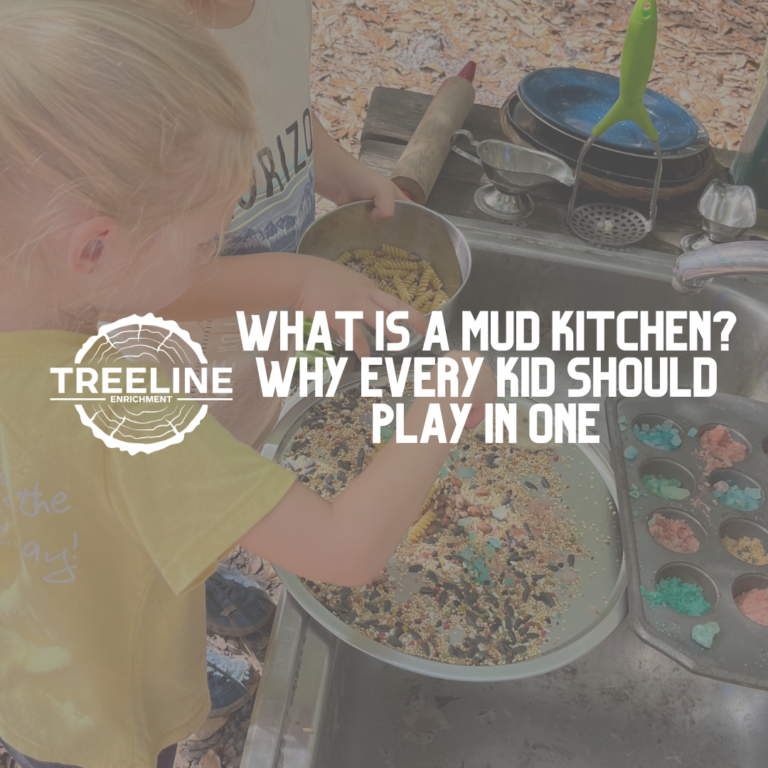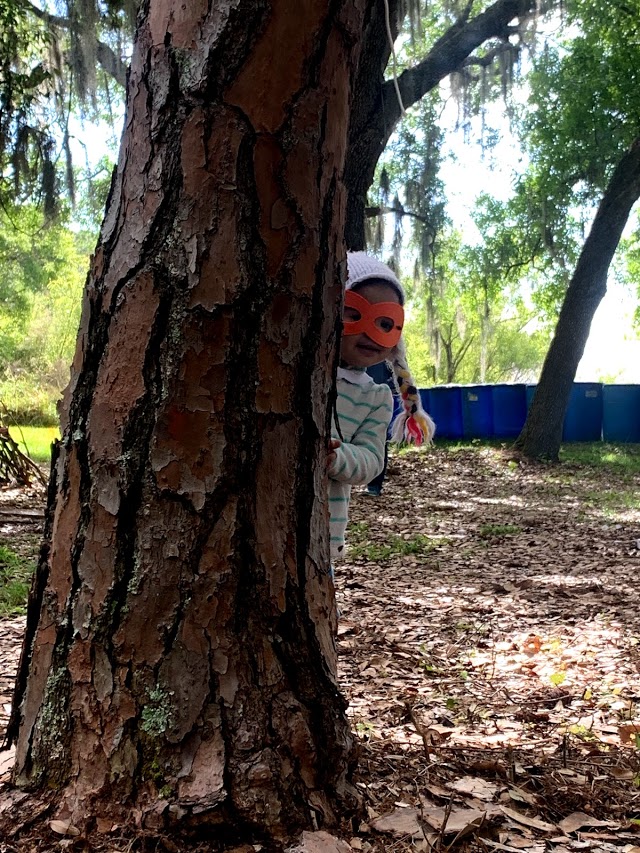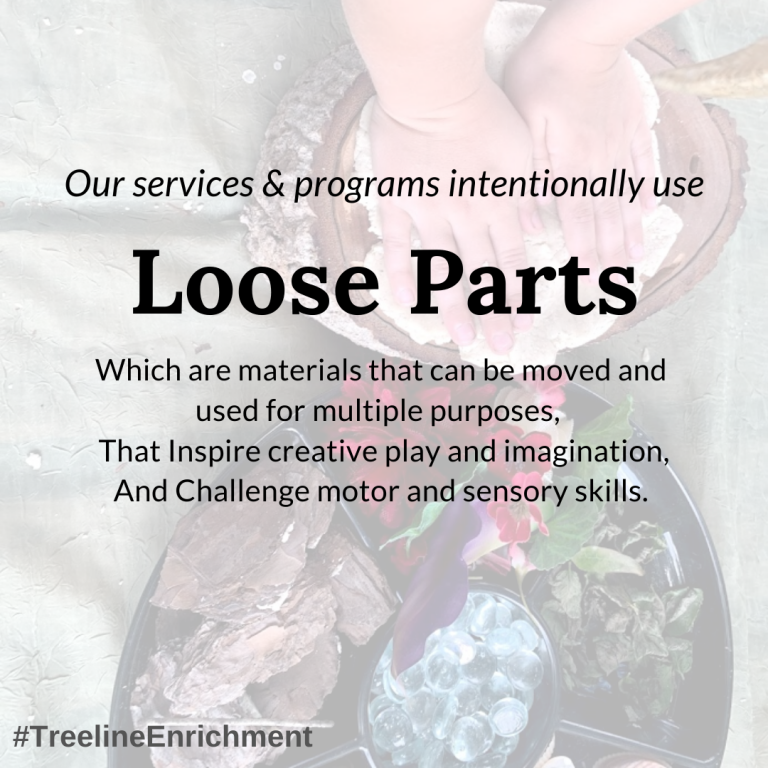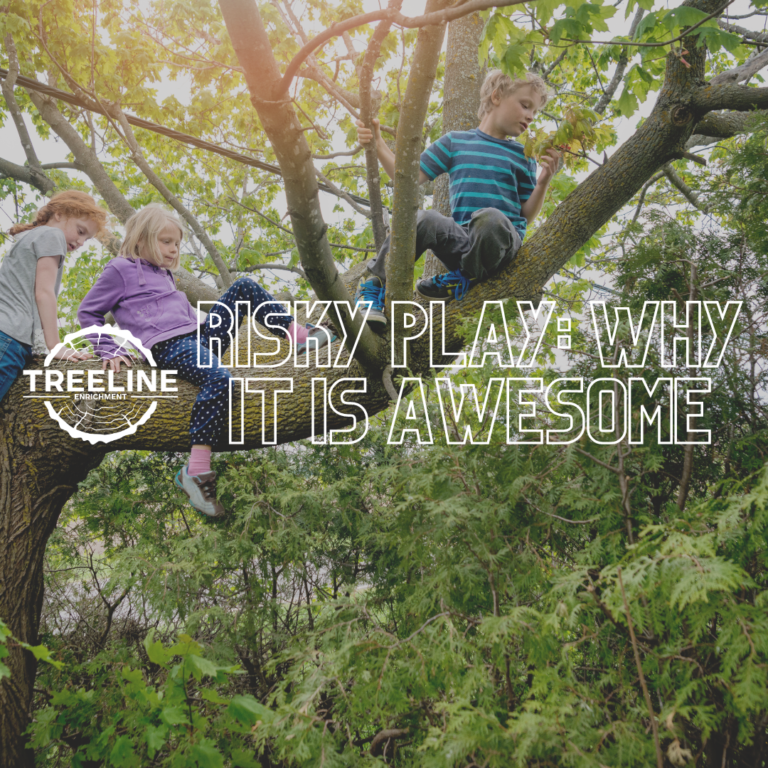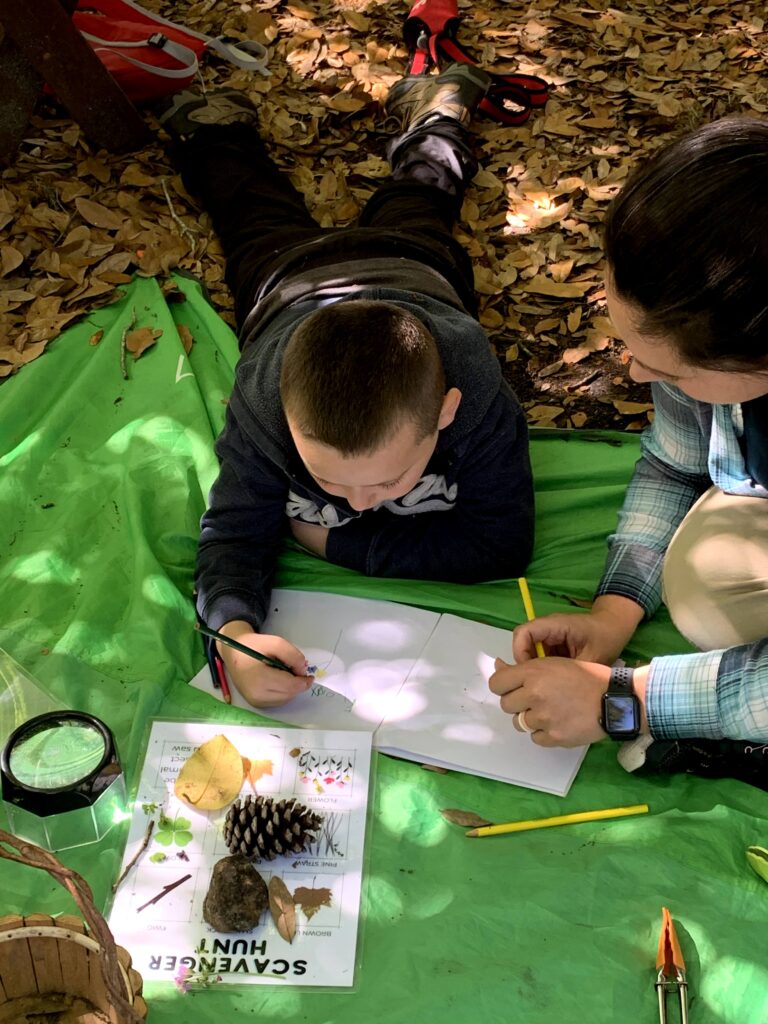Why Outdoor Therapy Works: Nature as a Therapeutic Tool
The Power of Nature in Occupational Therapy
Imagine your child climbing a tree, feeling the texture of bark under their hands, and hearing the rustle of leaves above. Now imagine that same child is learning balance, building strength, and practicing problem-solving—all while surrounded by the calming rhythms of nature.
Outdoor occupational therapy (OT) brings therapy sessions into the natural world, turning the woods, forest, or local park into a place of growth, connection, and discovery. For children with sensory or motor differences, outdoor therapy offers unique opportunities that can’t always be replicated indoors. Let’s dive in and explore why nature works so beautifully as a therapeutic tool, the mental health benefits of time spent outdoors, and how nature can be the “co-therapist” your child didn’t know they needed.
Why Take Therapy Outside?
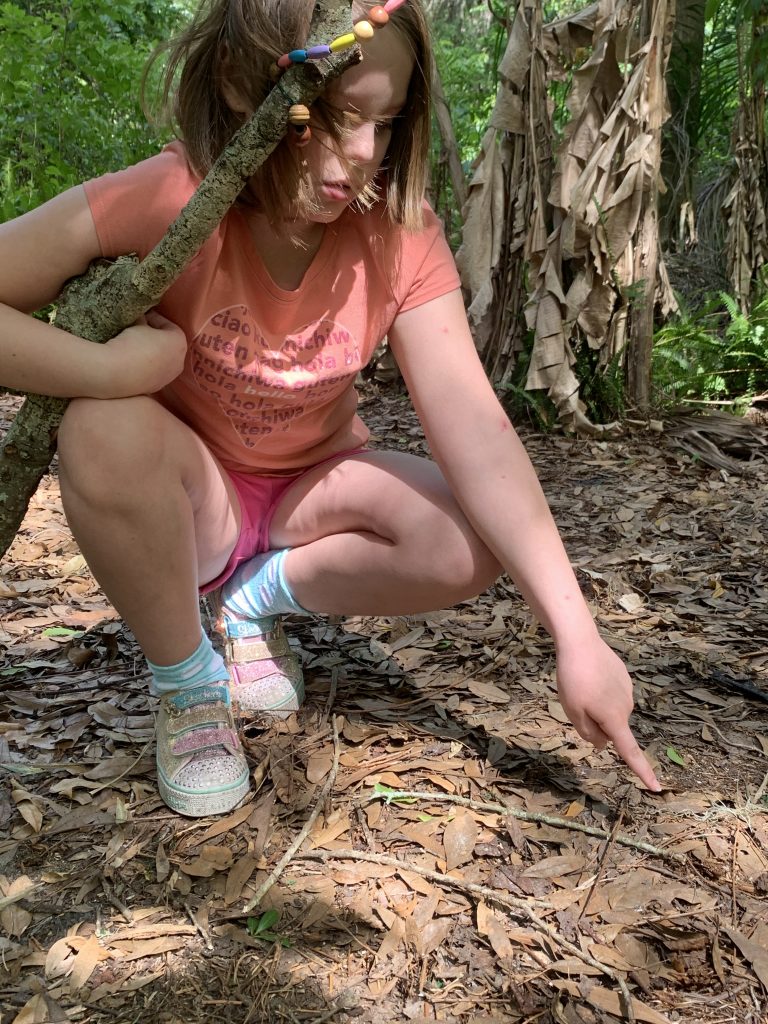
1. Engagement Through Natural Motivation
The natural world is inherently engaging. For children, sticks become tools, logs transform into balance beams, and mud turns into the perfect sensory experience. Outdoor therapy taps into this natural motivation by allowing children to explore, create, and play while working toward therapeutic goals.
Unlike a clinic, where activities may feel structured or repetitive, outdoor occupational therapy creates opportunities for authentic, real-world skill-building. For example, climbing a tree strengthens core muscles, improves motor planning, and fosters confidence—all while feeling like an adventure.
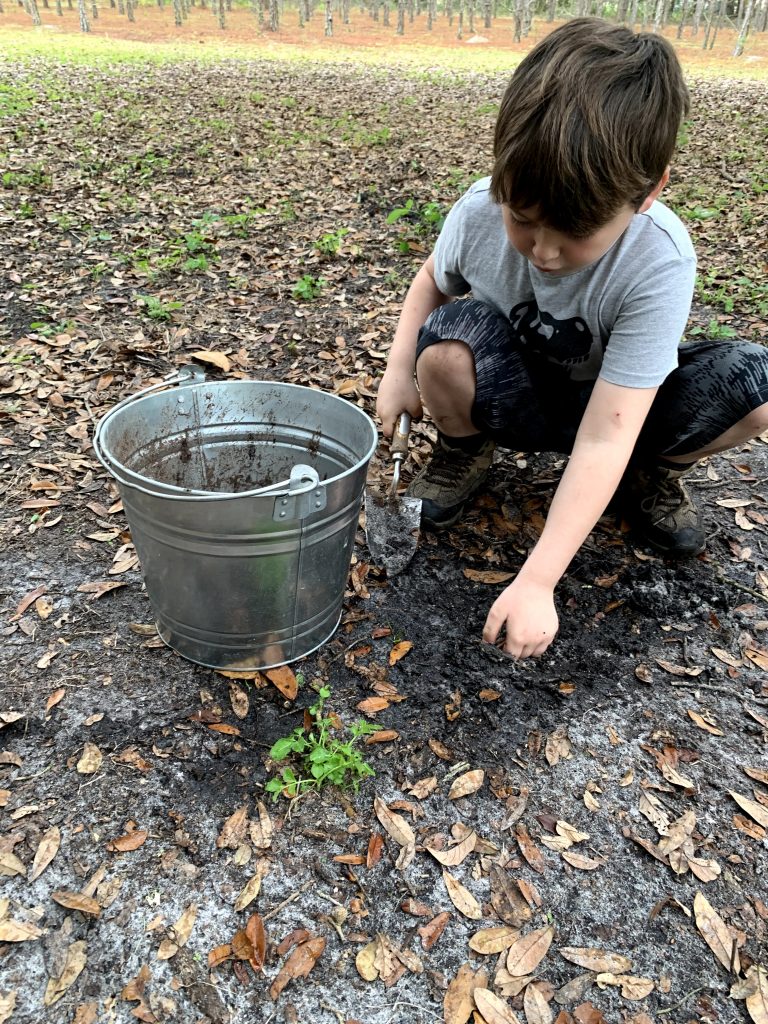
2. A Sensory Wonderland
For children with sensory differences, the natural environment offers a wide range of sensory inputs:
- The calming sound of birds chirping.
- The soft, squishy feel of mud or sand.
- The earthy scent of fresh rain or soil after digging.
- The gentle warmth of sunlight filtering through the trees.
- The satisfying crunch of leaves or twigs underfoot.
- The visual complexity of trees and plants swaying in the breeze.
The sensory experiences in nature are ever-changing, shaped by the temperature, wind, cloud cover, or even a light drizzle of rain. This dynamic environment offers children opportunities to explore new sensations and adapt to subtle changes in their surroundings. For children with sensory differences, these organic experiences can help develop self-regulation and sensory integration skills.
Therapists journey alongside the child in these natural spaces, using the environment as a partner in the process. With thoughtful guidance, they create moments that gently stretch the child’s capacities—whether through the cooling feel of a light breeze or the sound of leaves rustling overhead—while ensuring the experience remains supportive and doesn’t overwhelm the child’s nervous system.
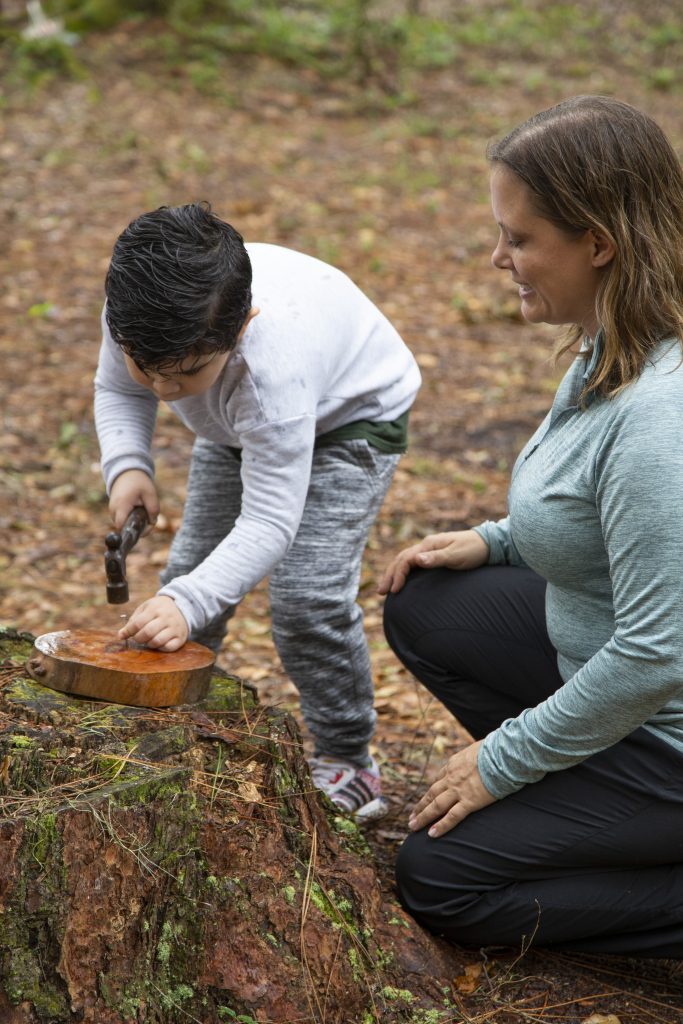
3. Opportunities for Real-Life Skill Practice
Outdoor therapy takes place in environments that mirror real-world challenges, offering countless ways to build both gross and fine motor skills. Navigating uneven terrain, stepping over roots, or balancing on a fallen log helps children develop strength, coordination, and problem-solving abilities in a natural and engaging way.
On a smaller scale, picking up small sticks or leaves, threading pine needles through holes in bark, or stacking rocks into a tower all require precision and control. These activities strengthen the small muscles in the hands and fingers, which are essential for everyday tasks like tying shoelaces, using utensils, or writing.
The ever-changing and unpredictable nature of outdoor environments fosters adaptability in children. From a sudden gust of wind that makes a leaf dance to the discovery of a hidden puddle after rain, nature presents opportunities for children to encounter and adjust to unexpected changes. These moments teach children to think flexibly, problem-solve on the spot, and build resilience. Over time, these skills translate into greater confidence when navigating life’s everyday challenges, such as managing transitions, tackling new experiences, or overcoming frustrations.
Nature as the Co-Therapist
At Treeline Enrichment, we often refer to nature as the “co-therapist” or “silent partner” in the therapeutic process. Here’s why:
- Non-Judgmental Space: Nature is free from the pressures and expectations that some children might feel in more structured environments. The outdoors creates a space where they can explore and engage without fear of making mistakes.
- Calming Presence: Research shows that time spent in nature can reduce cortisol levels (a marker of stress) and increase serotonin, which promotes a sense of well-being (Bratman et al., 2015). This calming effect helps children feel more regulated and ready to participate in therapy.
- Shared Focus: Nature provides a shared focus for therapists and children, whether it’s building a fort, spotting a bird, or examining an interesting rock. This shared experience fosters connection and trust, which are essential for therapeutic success.
The Mental Health Benefits of Time in Nature
Numerous studies highlight the mental health benefits of spending time outdoors:
- Stress Reduction: Spending just 20 minutes in nature can significantly lower cortisol levels, the body’s primary stress hormone (Hunter et al., 2019).
- Improved Mood: Time outdoors has been shown to increase feelings of happiness and reduce symptoms of anxiety and depression (McMahan & Estes, 2015).
- Enhanced Focus: Green spaces improve attention and concentration, especially for children with ADHD (Taylor & Kuo, 2009).
- Better Sleep: Exposure to natural light during outdoor activities helps regulate circadian rhythms, promoting restful sleep.
By incorporating outdoor therapy into your child’s routine, you’re not just supporting their physical development but also nurturing their emotional and mental well-being.
The Unique Opportunities of Outdoor Therapy
Indoor pediatric therapy clinics play an invaluable role in providing controlled, safe environments for therapy sessions. However, outdoor therapy offers unique benefits that complement traditional approaches:
Indoor Therapy Clinics | Outdoor Therapy in Nature |
|
|
|
|
|
|
|
|
Both settings have their strengths, and many families find that a combination of indoor and outdoor therapy offers the best of both worlds. It’s important to reflect on what feels right for your family and your child in this season of life. What worked six months ago may no longer feel like the best fit—and that’s okay.
Children’s needs, interests, and developmental goals naturally evolve over time. A child who once thrived in the predictability of an indoor clinic may now benefit from the freedom and creativity of nature-based therapy, or vice versa. As a parent, it’s empowering to reassess and make changes when needed, ensuring your child’s therapy journey remains engaging, effective, and aligned with their unique needs.
At Treeline, we honor this fluidity. Whether your family is exploring outdoor therapy for the first time or considering a shift to meet your child’s changing needs, we’re here to support you every step of the way.
What About Safety and Structure?
If you’re new to outdoor therapy, you might wonder, “How can therapy be effective without the structure of a clinic?” Rest assured, outdoor therapy is carefully planned to balance safety, structure, and flexibility. Therapists:
🌳Choose natural spaces that are safe and age-appropriate.
🎯Use a child’s goals and interests to guide the activities while allowing for spontaneous exploration.
🔗Partner with nature to provide challenges that feel engaging rather than overwhelming.
At Treeline Enrichment, our therapists remain attuned and responsive throughout each session, skillfully working toward the ‘just-right challenge‘ while ensuring your child’s needs are met in a safe and supportive environment.
Stories of Success
Parents often share how outdoor therapy has transformed their child’s experience. One mom told us:
“My child used to resist going to therapy, but now they can’t wait to explore the forest. They come home happy, calm, and excited to tell me about what they did.”
Another parent shared,
“I can see my son flourishing and expanding his abilities. It’s incredible! My son’s life is transforming. I can see it in his face and the new way he carries himself. I know he feels encouraged, motivated, more confident, and happy. This is absolutely a game changer for him!”
One family saw their child’s motor skills improve significantly. These stories reflect the incredible potential of outdoor therapy to engage children in meaningful ways, helping them build confidence, skills, and joy.
Outdoor Therapy Works
Outdoor occupational therapy works because it taps into something universal—our connection to nature. By bringing therapy into the woods, we create a space where children can explore, grow, and thrive in ways that feel natural and empowering.
Whether your child is just starting their therapy journey or you’re looking for a new approach to meet their sensory and motor needs, nature-based therapy offers a fresh perspective and a world of possibilities.
At Treeline, we’re here to help your child experience the benefits of outdoor therapy firsthand. Ready to learn more? Head to our Outdoor Occupational Therapy page to see how our programs can support your family.
References
Louv, R. (2008). Last Child in the Woods: Saving Our Children from Nature-Deficit Disorder.
This blog post was thoughtfully crafted with the assistance of AI technology to ensure high-quality, engaging, and informative content. The ideas, experiences, and perspectives shared reflect the values and expertise of Treeline Enrichment. AI served as a tool to organize and enhance the information, but all final edits and approvals were made by our team to ensure alignment with our mission and voice.
